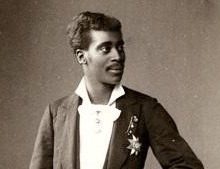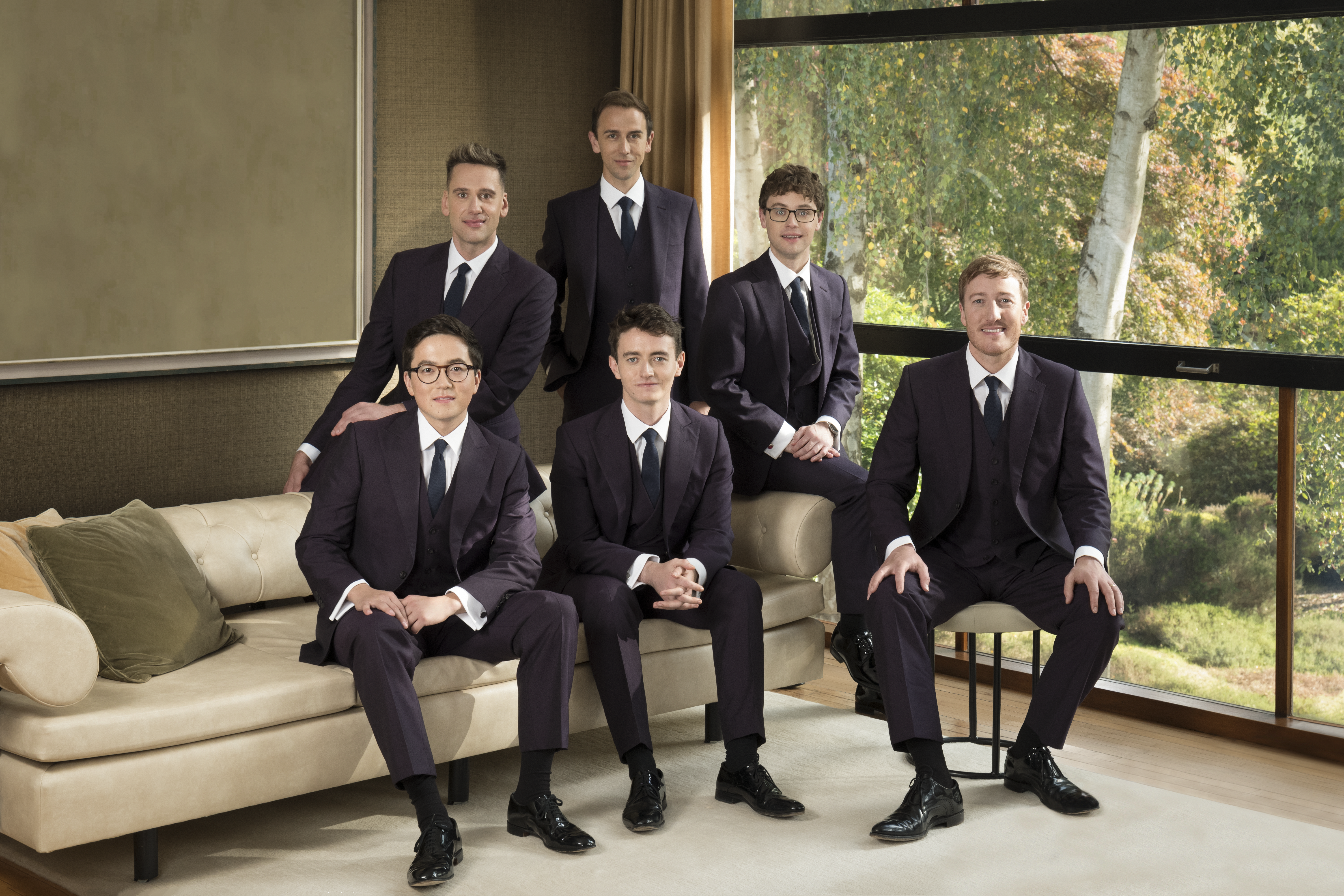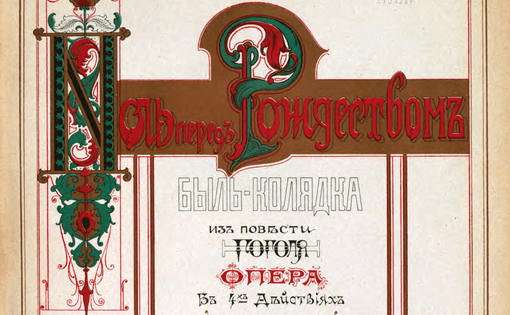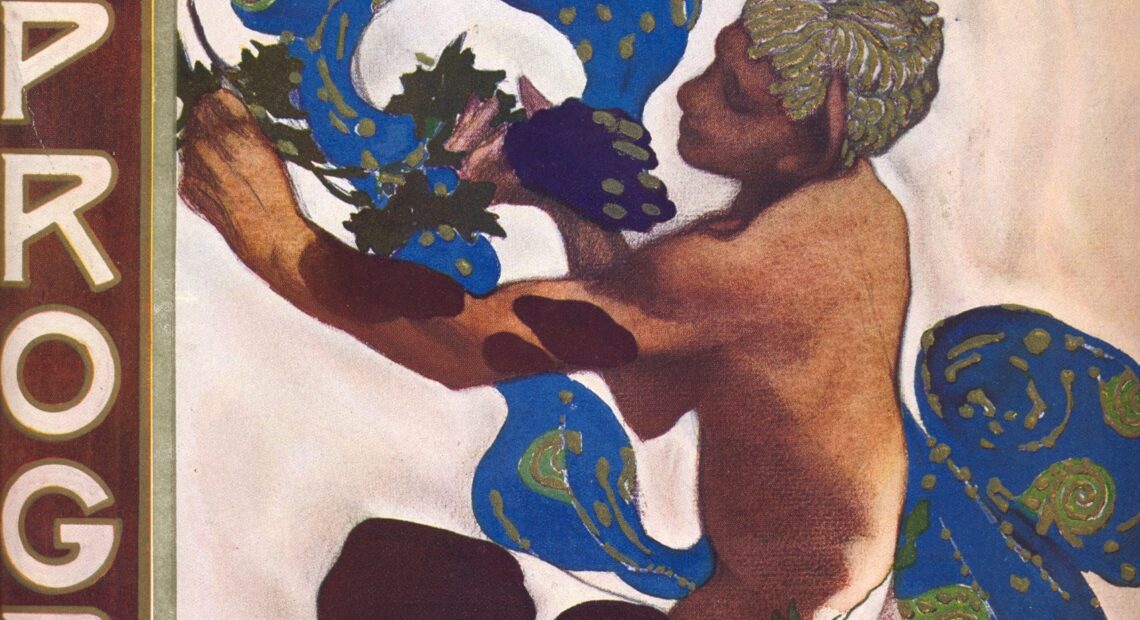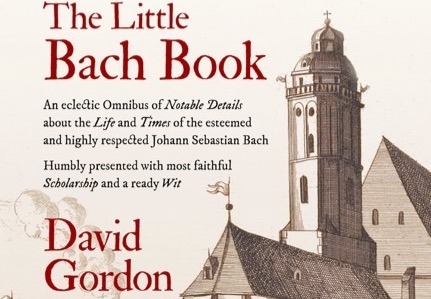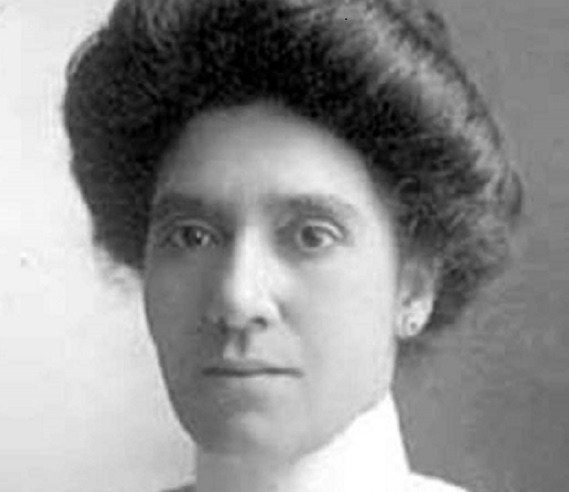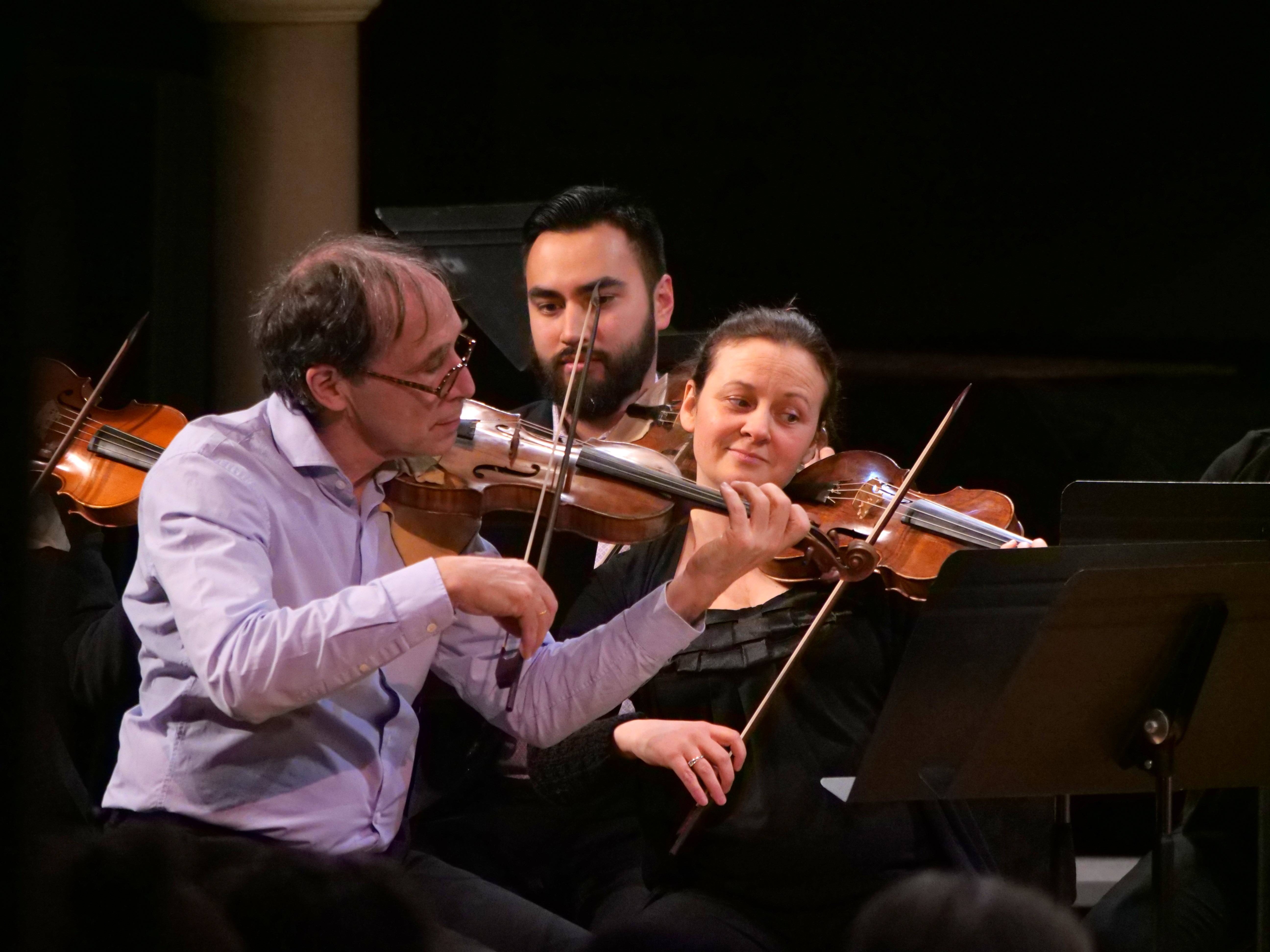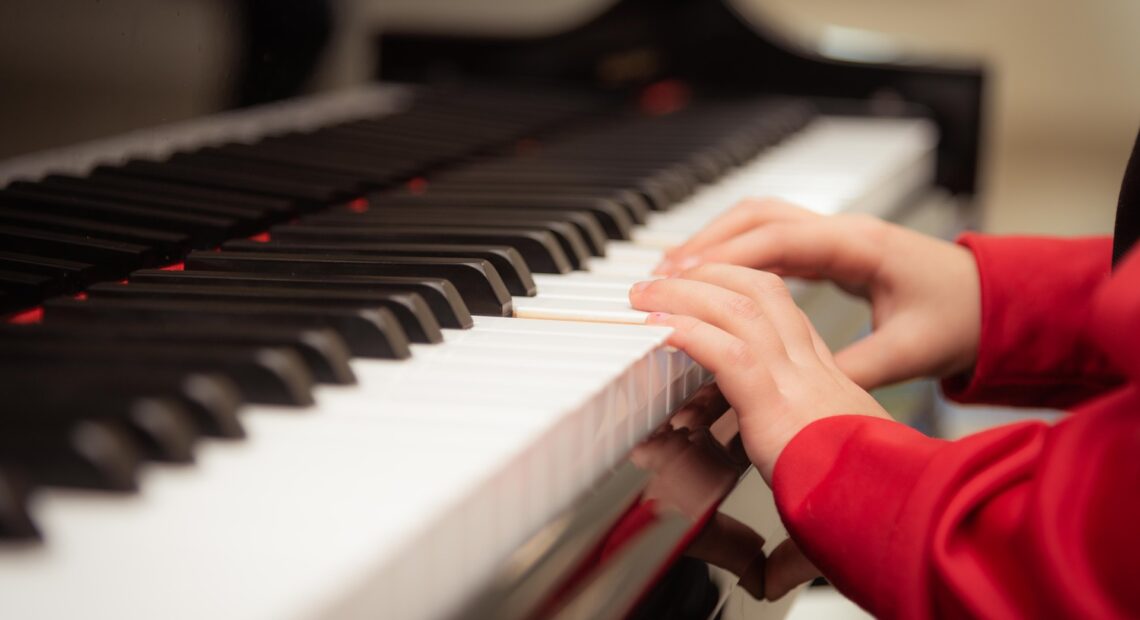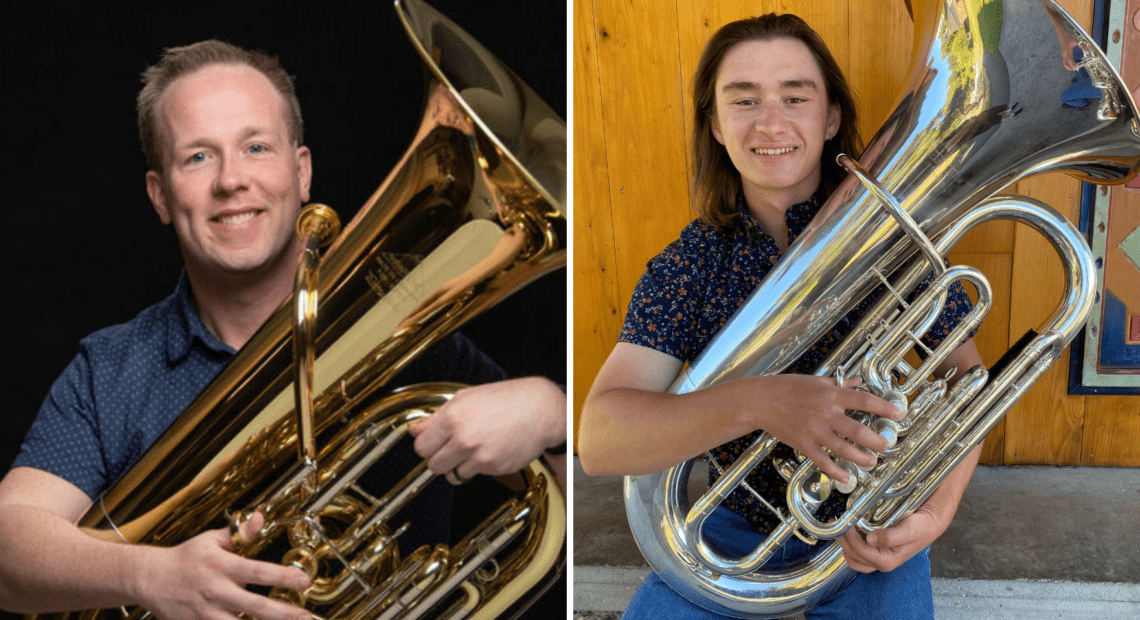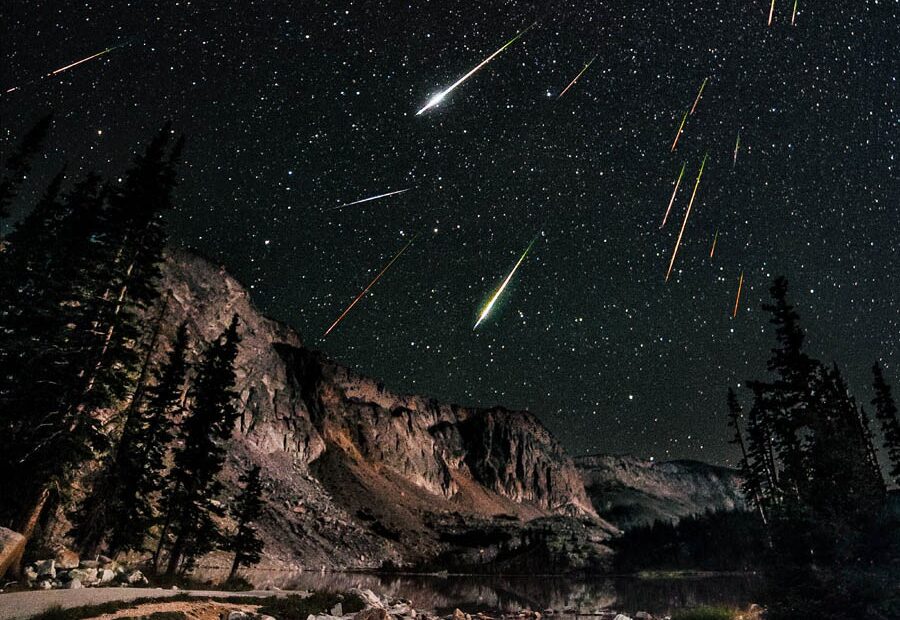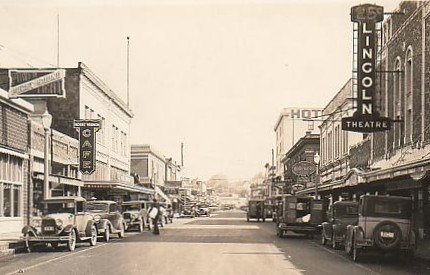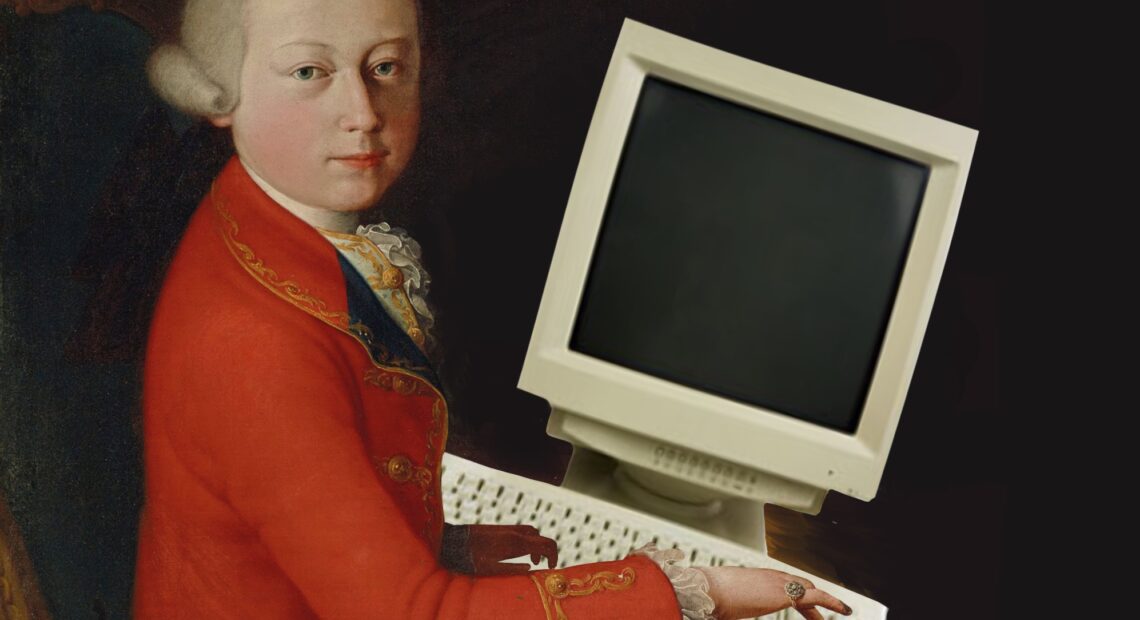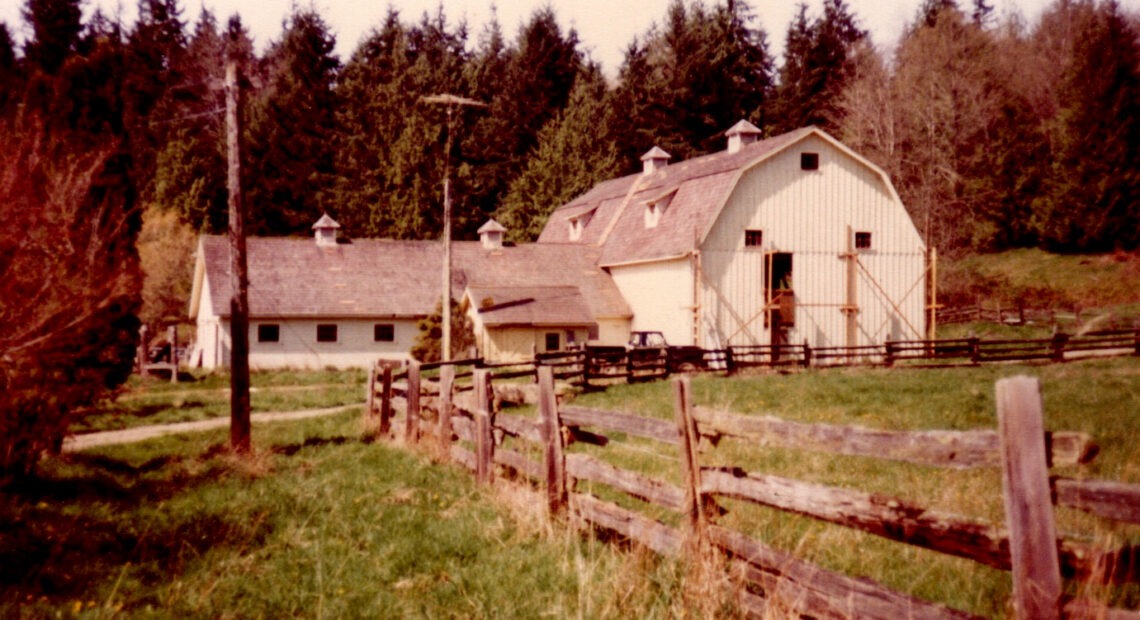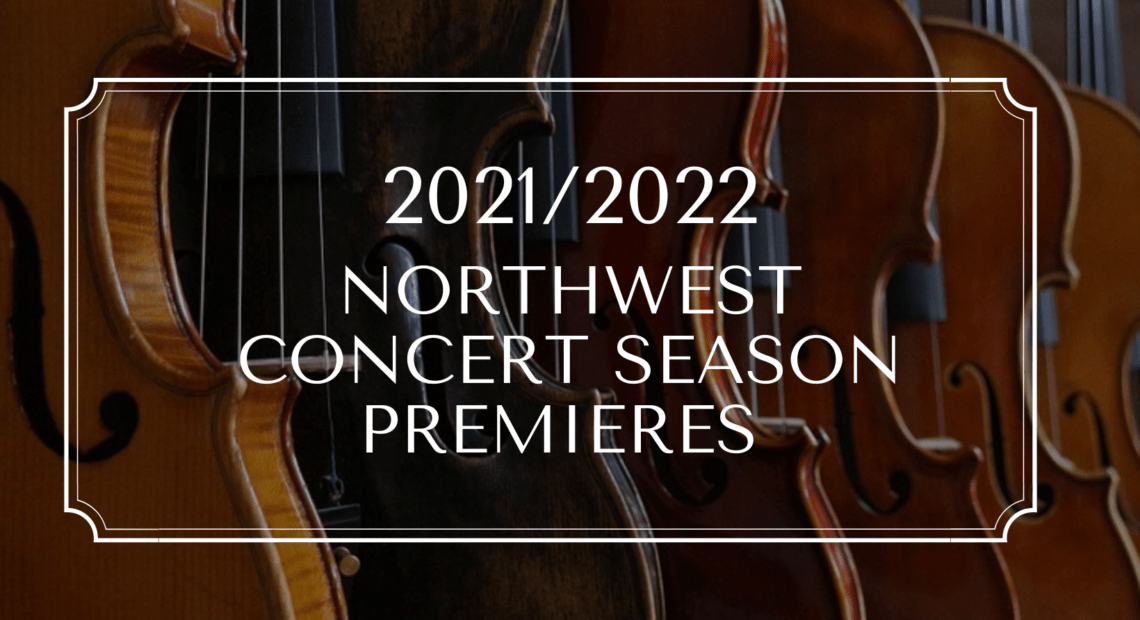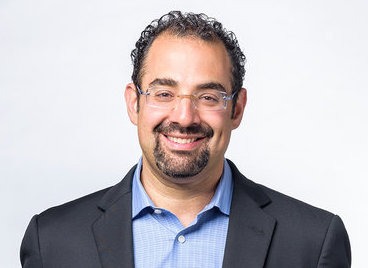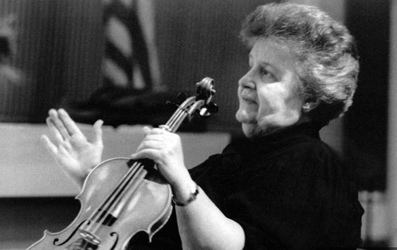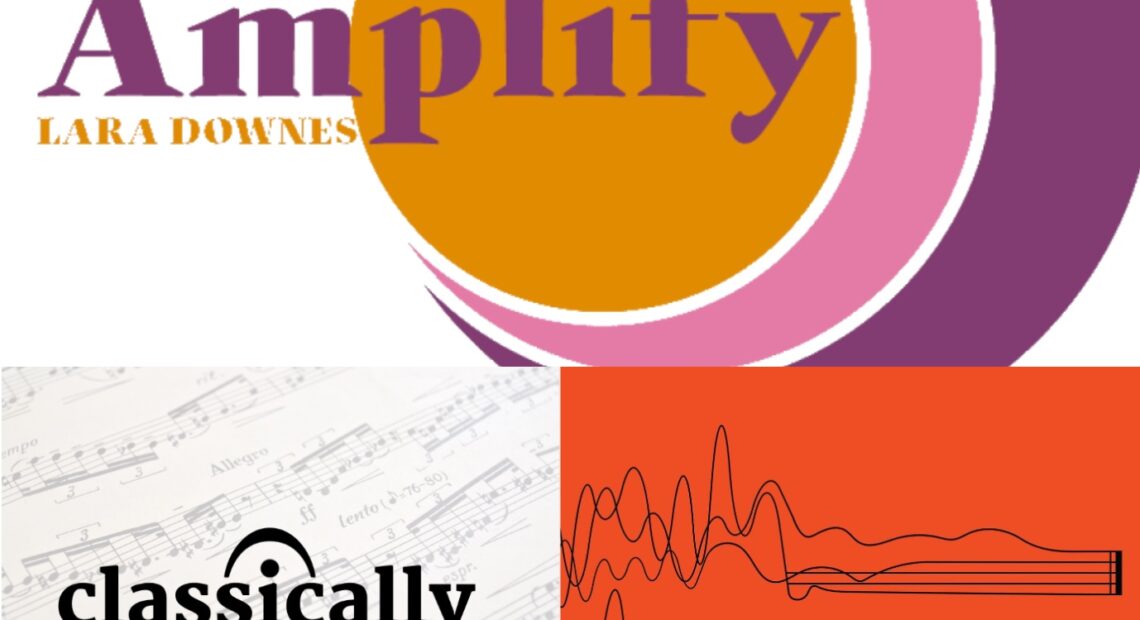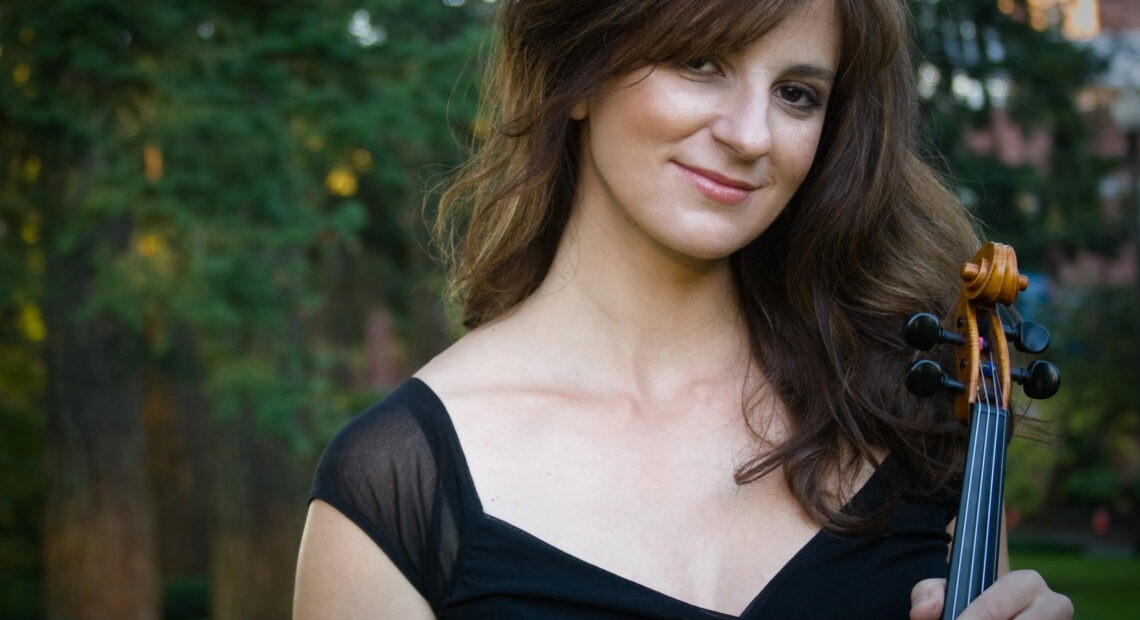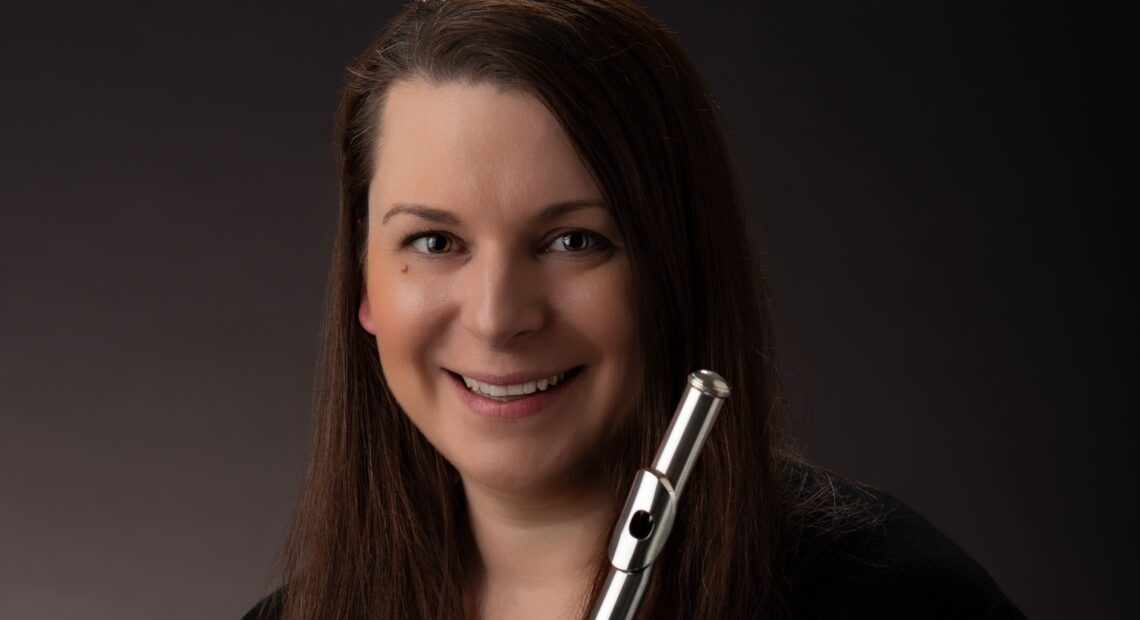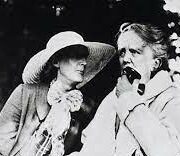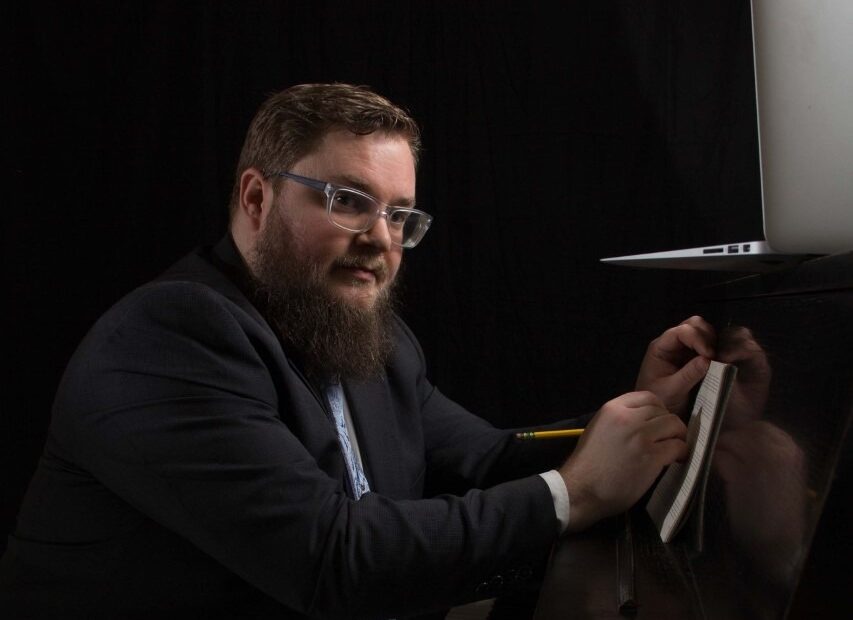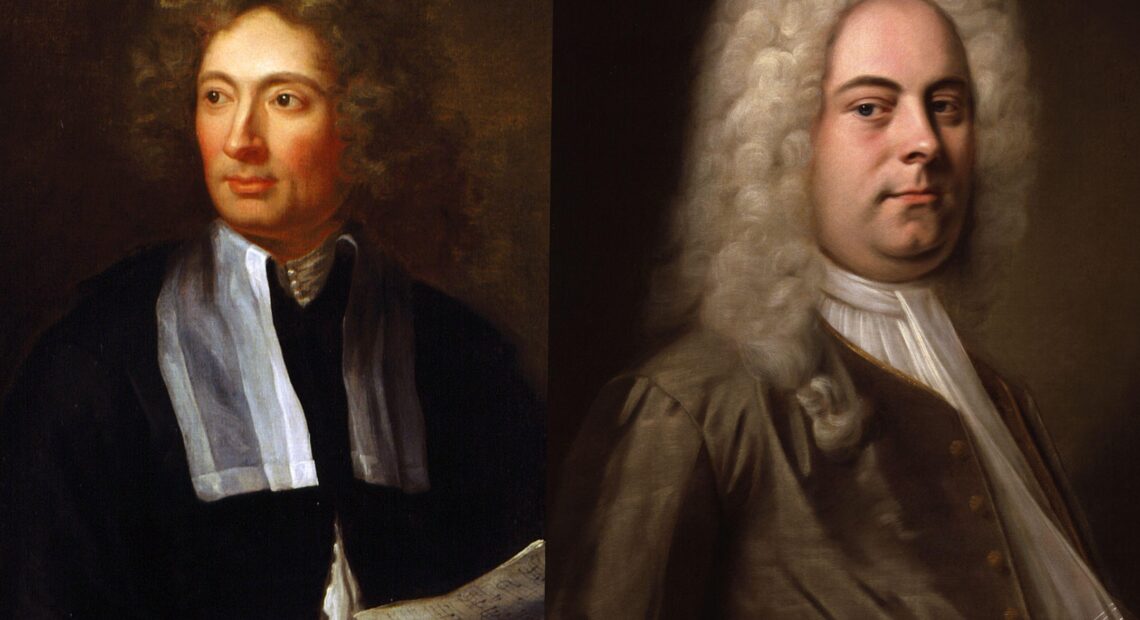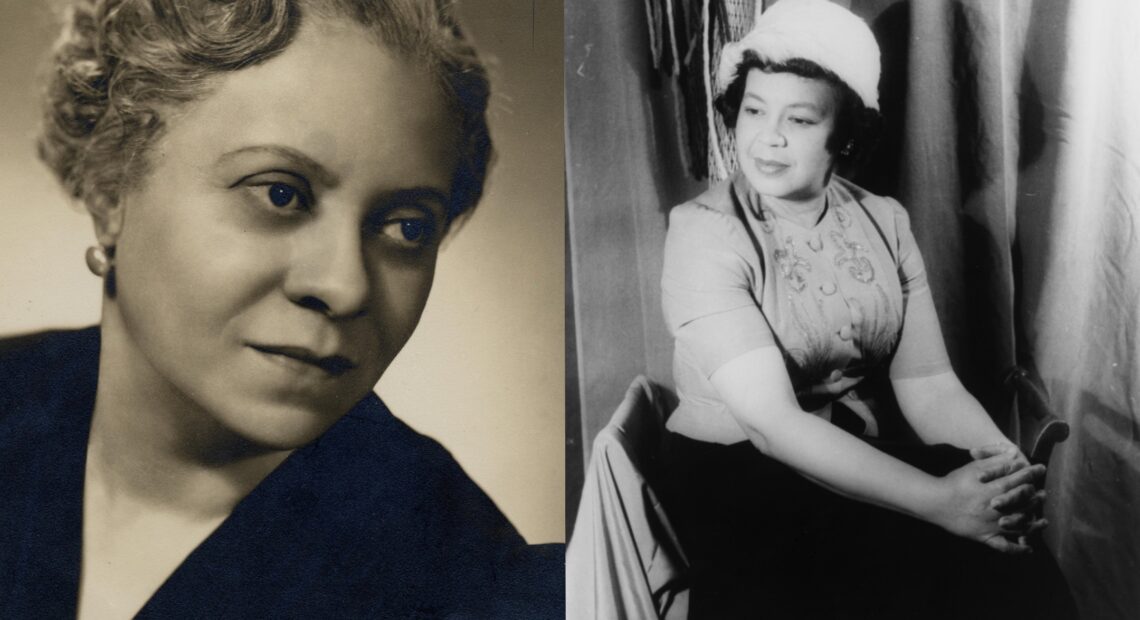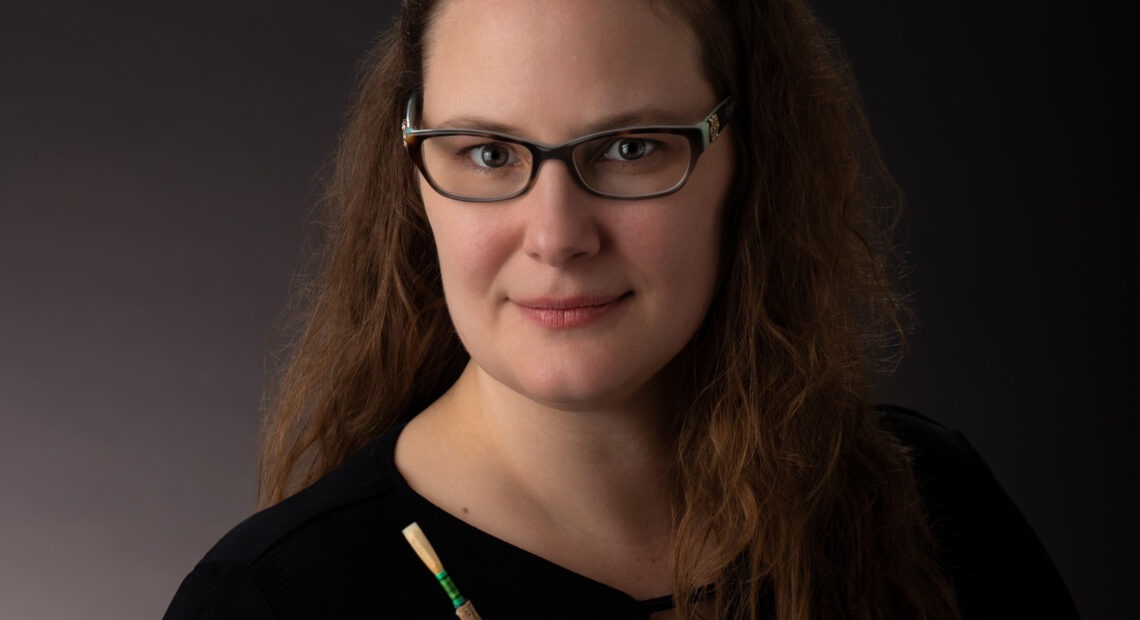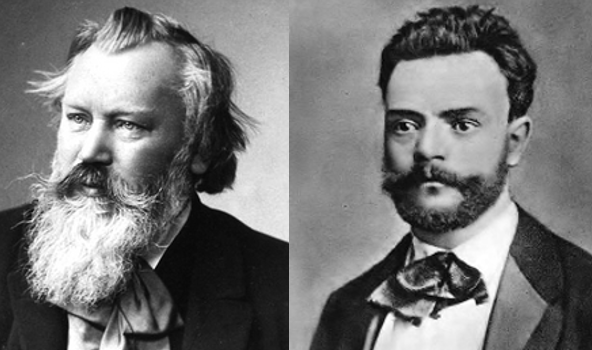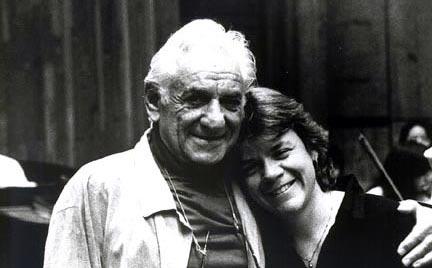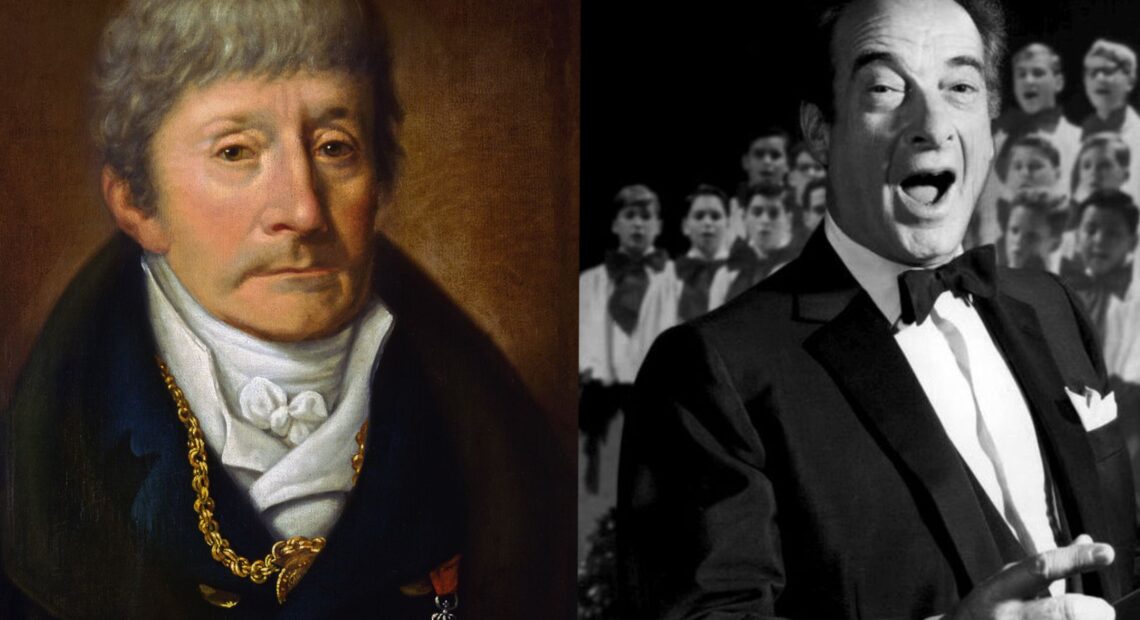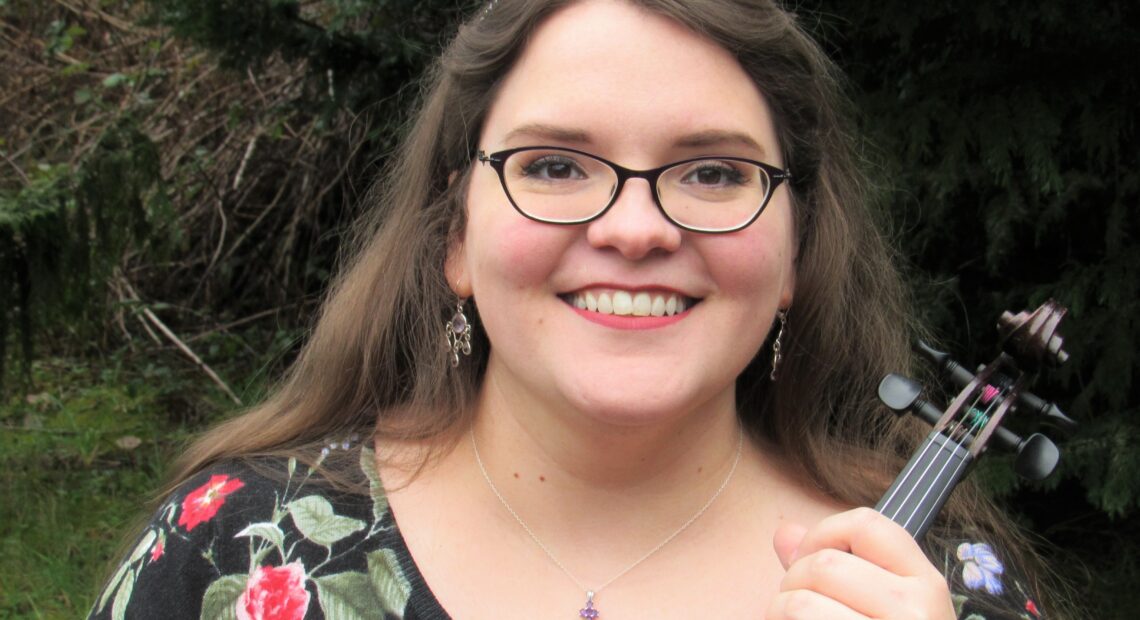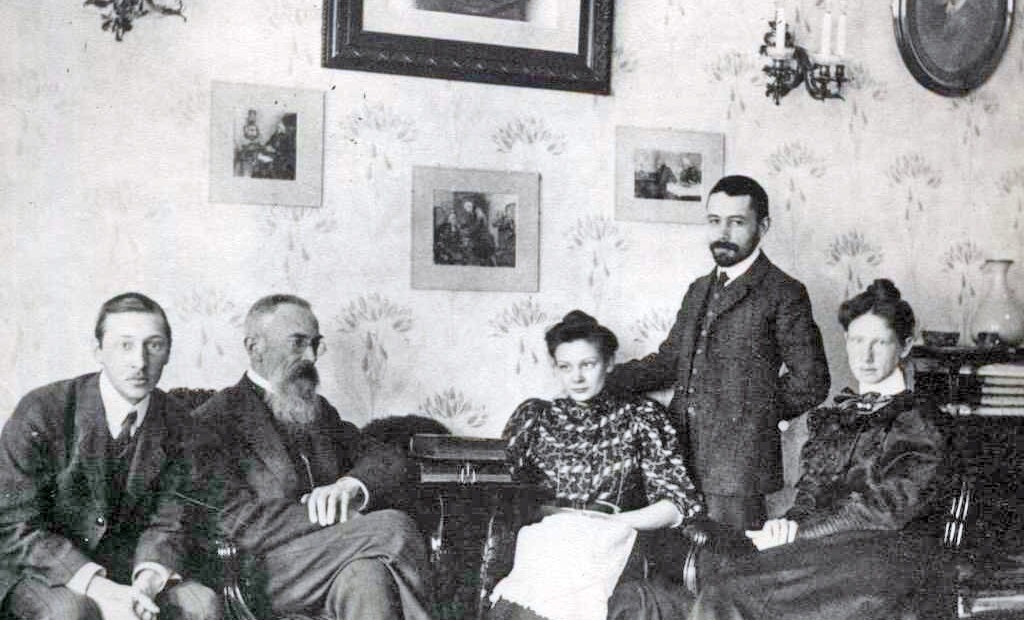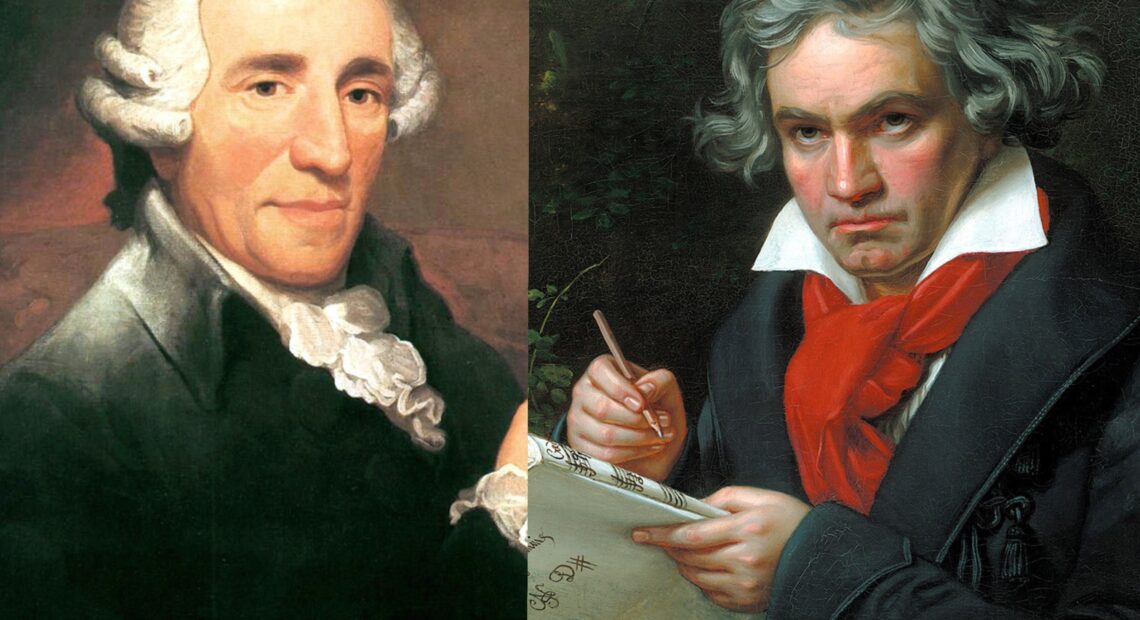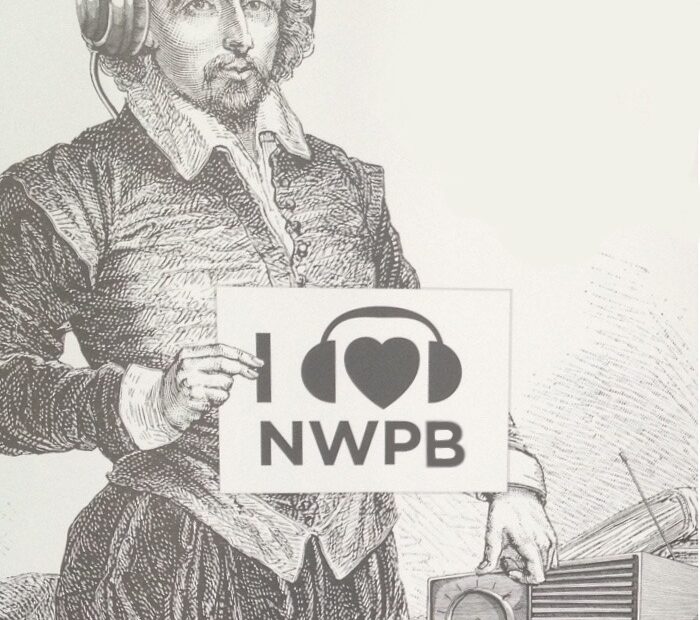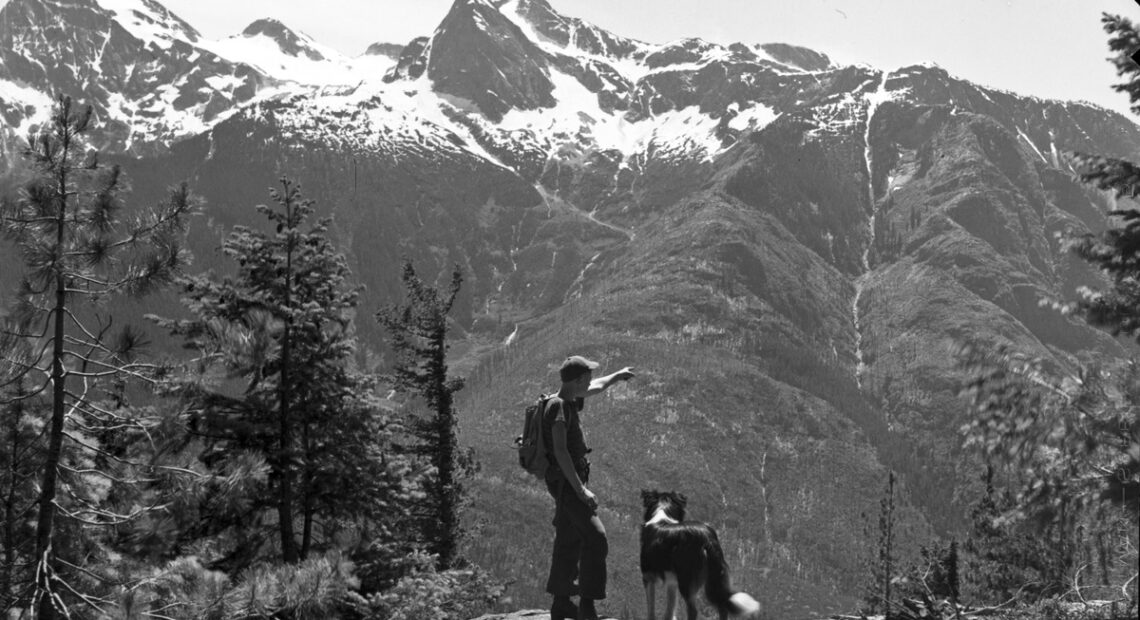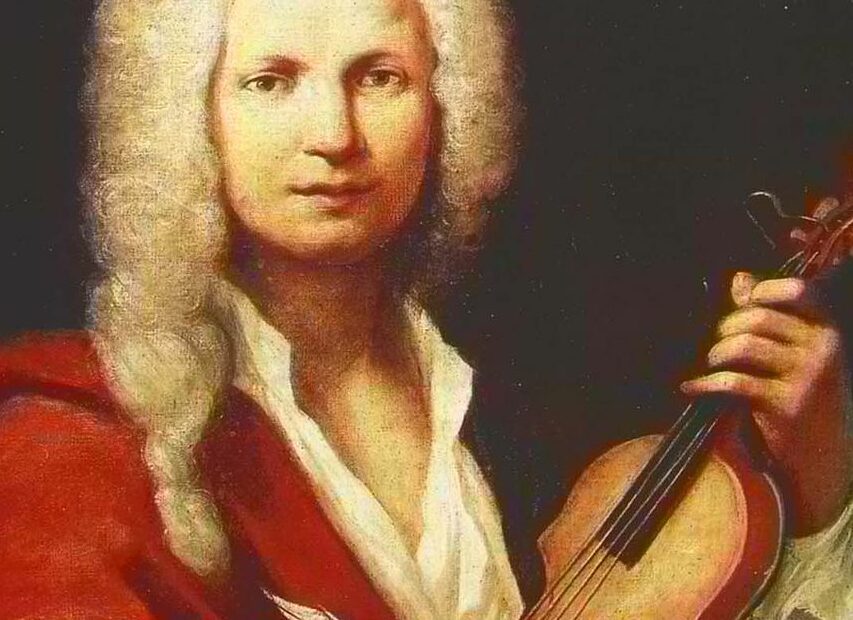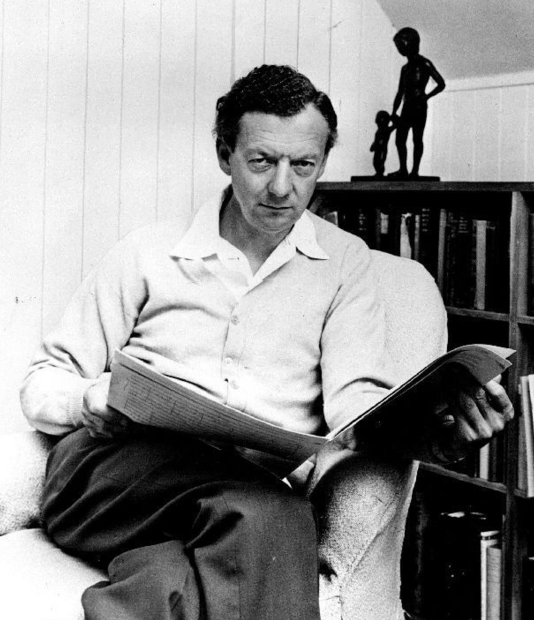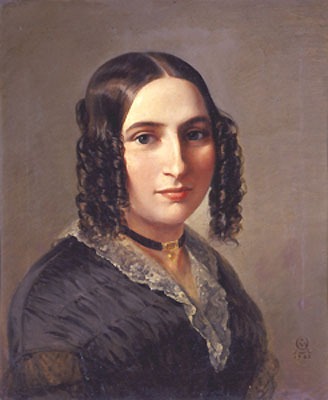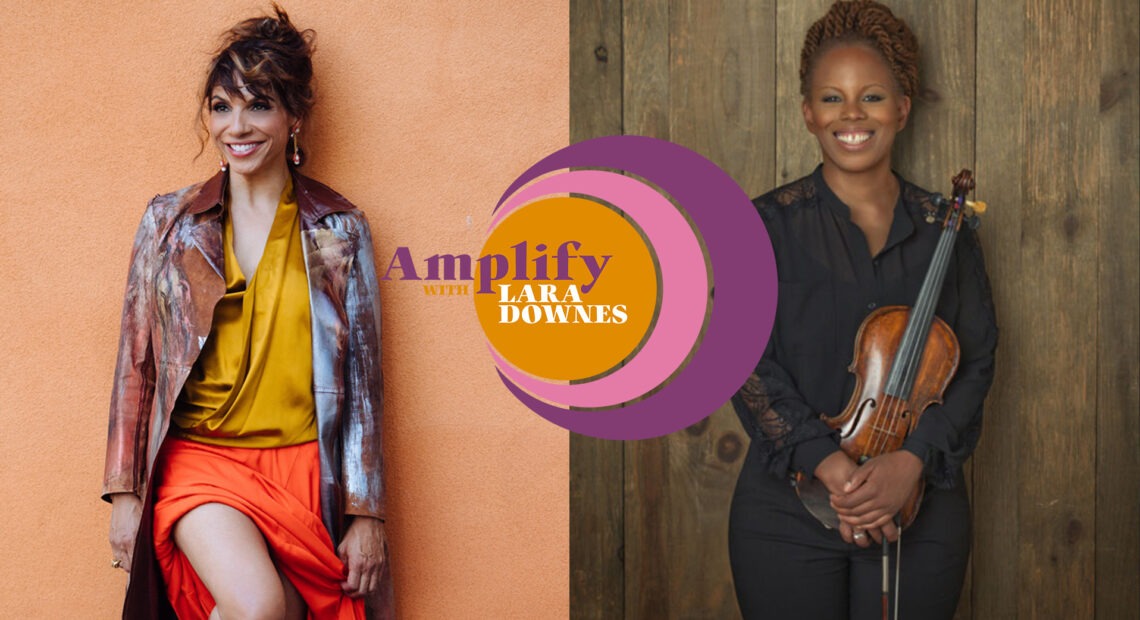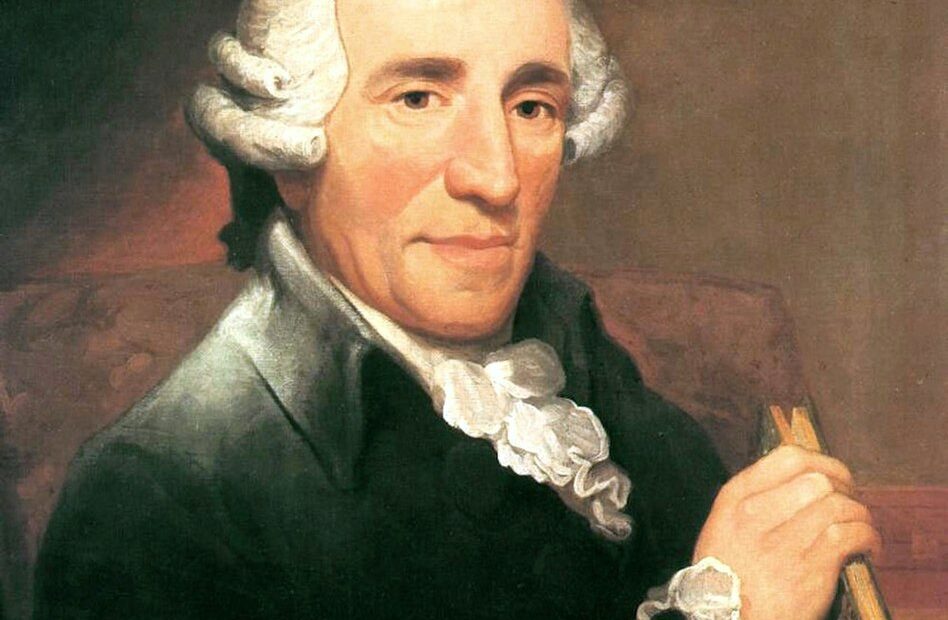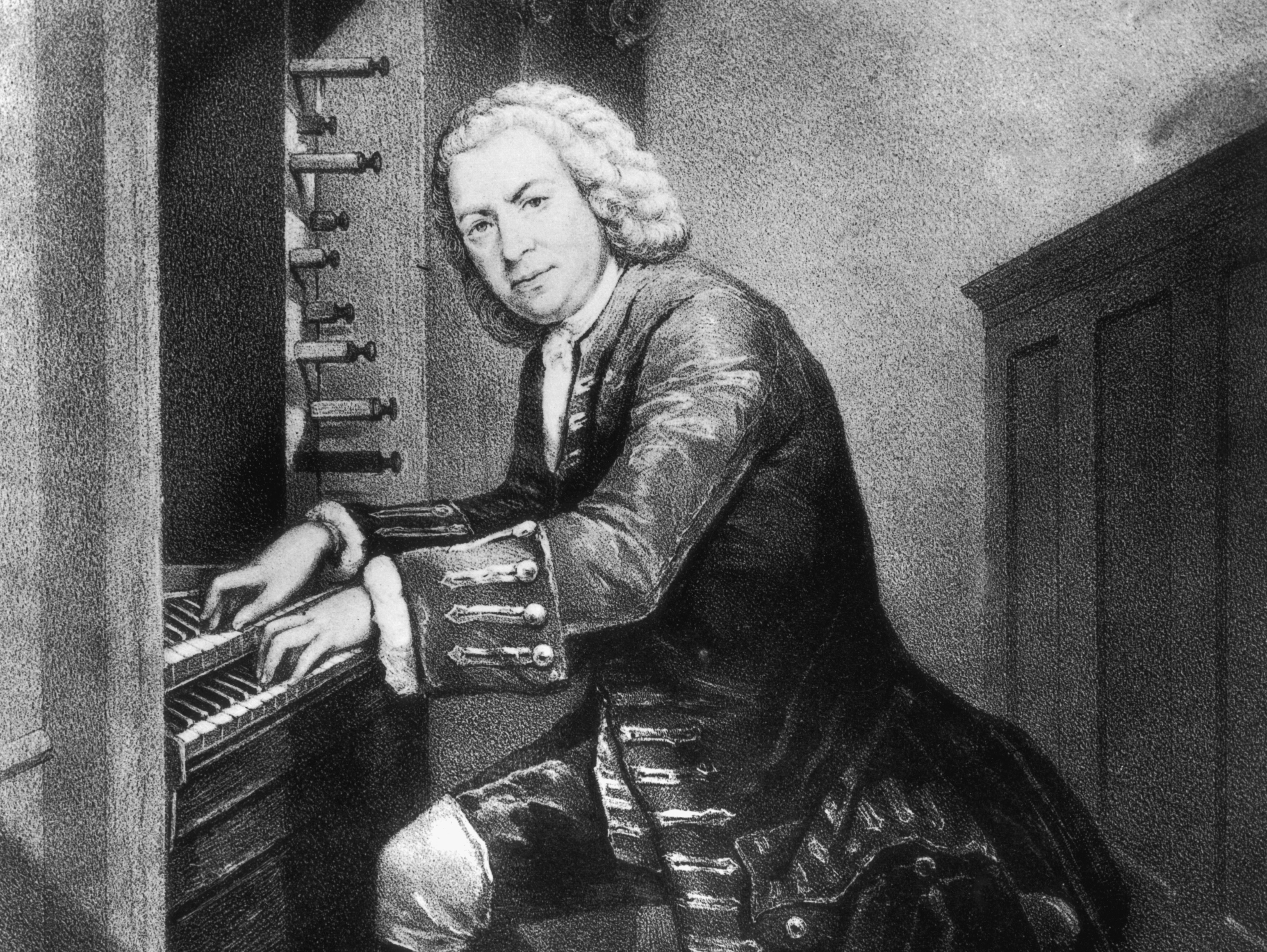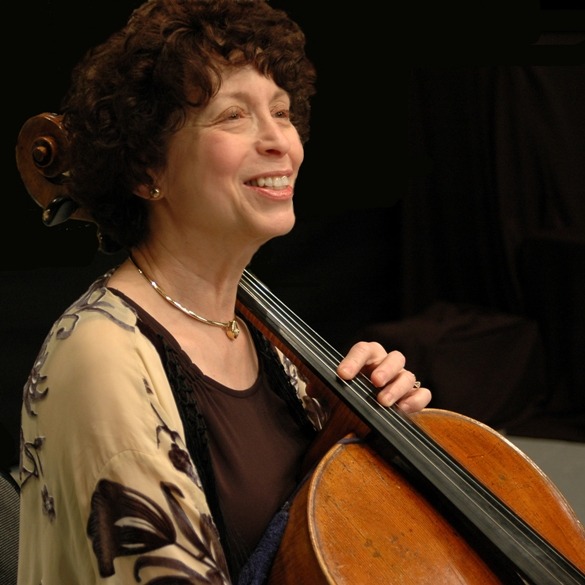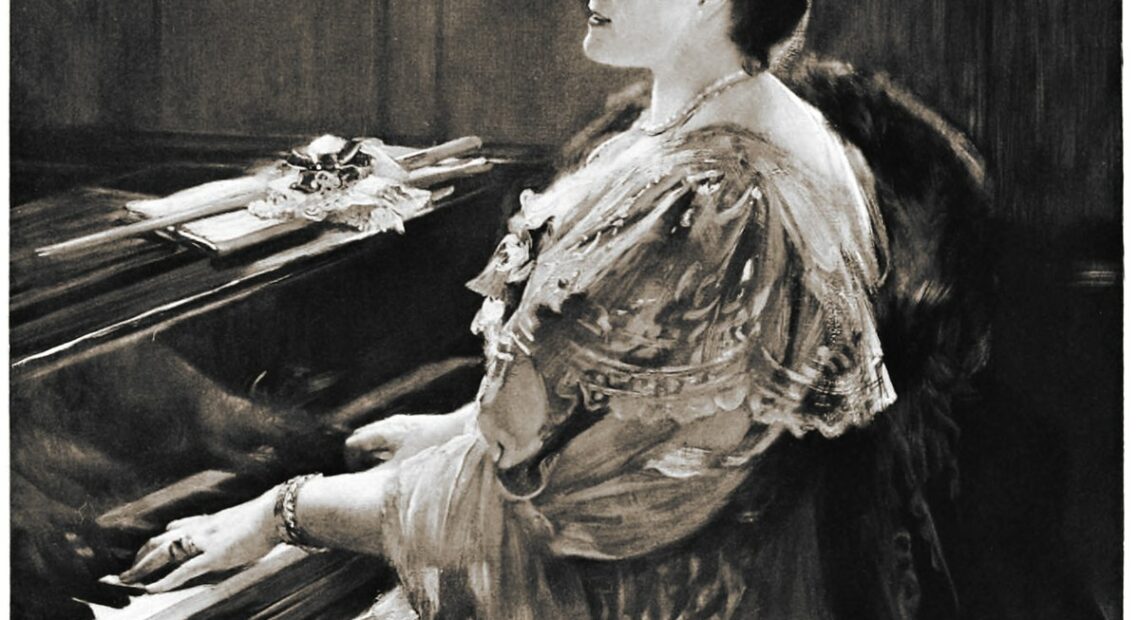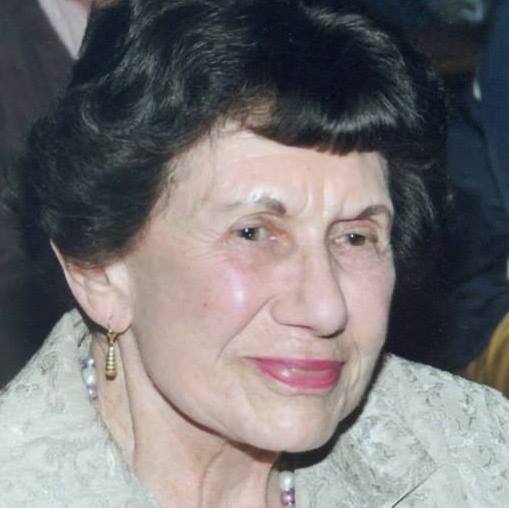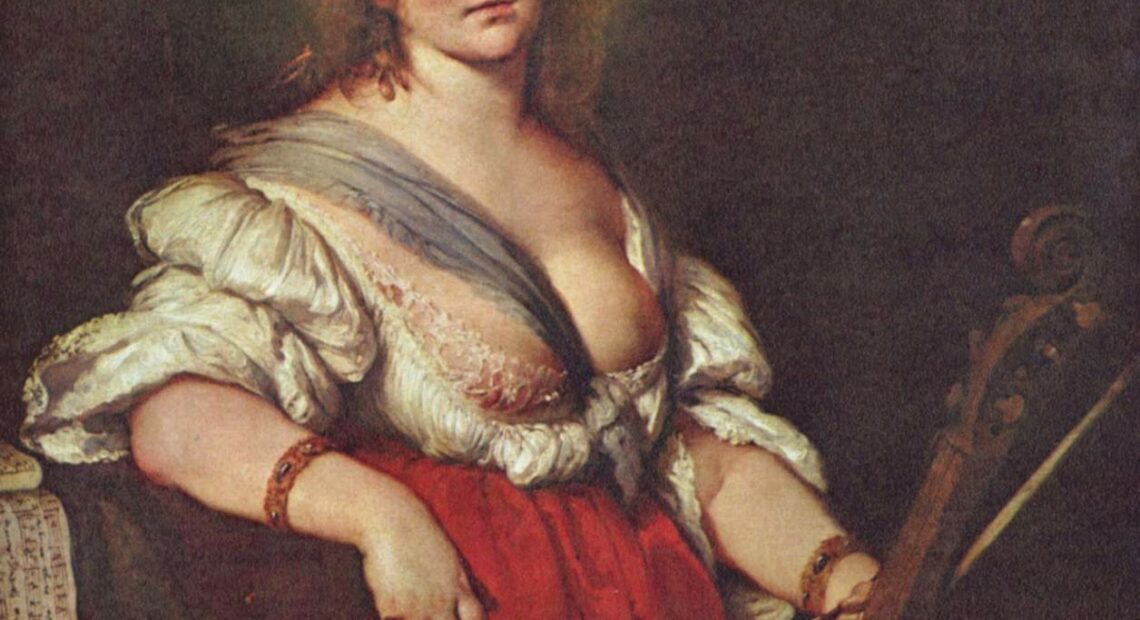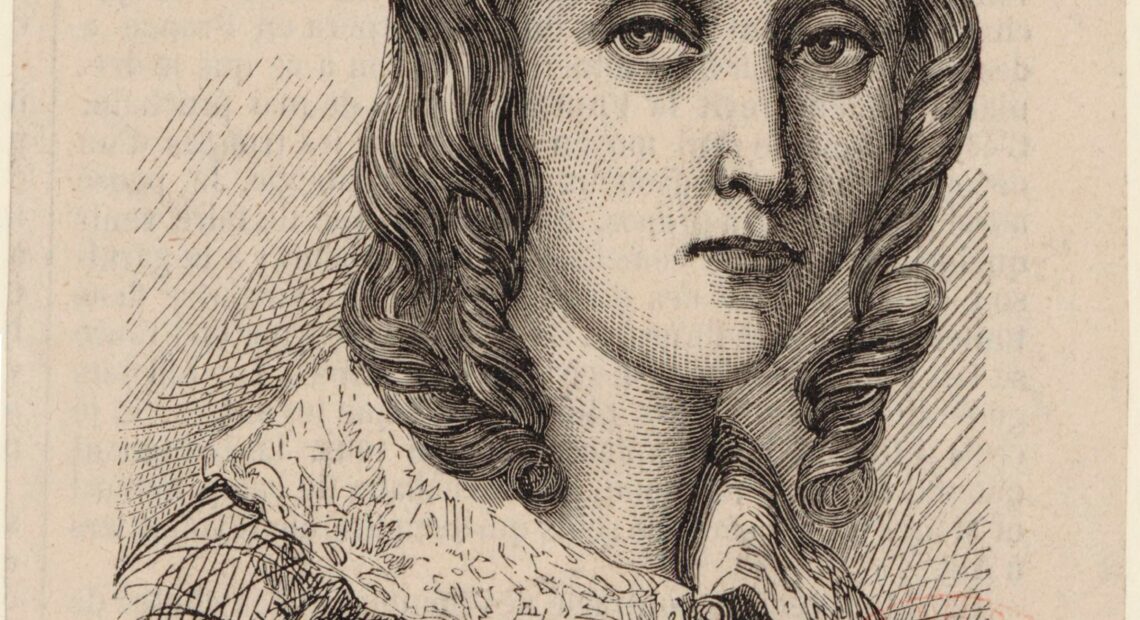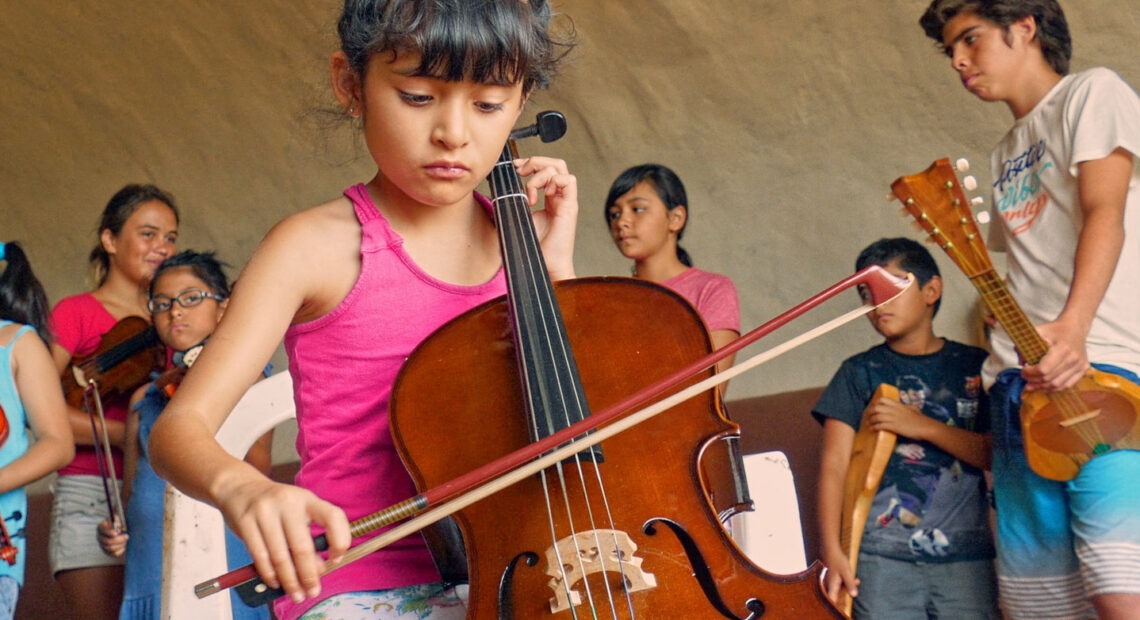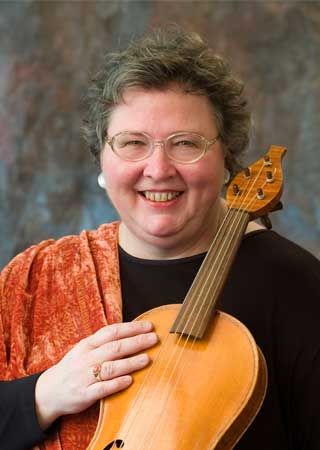Claudio José Brindis de Salas y Garrido. A renowned violinist, born in Cuba in 1852. A contemporary journalist described his playing, and the effect it had on his listeners. “His eyes sparkled. His fingers multiplied…reaching into the deep nerves of the melody…leading a rapt audience to drunken emotion.”Read More
Classical Music
Can singing in harmony fix our broken world? If you’ve sung in a chorus, perhaps you’ve felt it can. You’re not alone. Watch this presentation by the award-winning ensemble The King’s Singers, making the case for the choral community’s duty to help heal our fractured societies. It’s from the Chorus America Virtual Conference in 2020.Read More
The holiday season has always been popular for introducing new works, including many perennial favorites. In Italy, the day after Christmas became especially meaningful to composers and impresarios.Read More
The holiday season inspires all kinds of thoughts, often having to do with reflection, celebration and renewal. For musicians and concert presenters, this time of year has long served as a period for introducing new works, whether specifically related to the season or not. Classical music offers a wealth of examples.Read More
If you find yourself asking, “Who is Florence Price?” you’re not alone. Which is why that’s the title of a lively new book for and by young readers. Read More
There’s a recipe for just this baroque-era staple included in The Little Bach Book by the Oregon-based tenor, Bach specialist and book designer David Gordon (Lucky Valley Press, 2017). Only 160 pages, including maps, glossary, timeline, recommendations for further reading and, yes, recipes, Gordon’s little book reveals the magnificent Johann Sebastian Bach as a man of his Read More
Every beer tent at Oktoberfest in Munich has its own take on traditional food. So here are a few (non-taditional) offerings from the NWPB tent, submitted by NWPB staff.Read More
Nettie Asberry opened many doors in her lifetime, including her own. Her teaching and her activism left an indelible mark on the Northwest.Read More
What is it about some music that feels just right for these challenging times? In Victoria, BC, the theme of the 13th Annual Pacific Baroque Festival is “From the Ground, Up,” featuring just that kind of music: the kind that builds on repetition. Marc Destrubé, the internationally-acclaimed violinist and teacher, and the Pacific Baroque Festival’s Artistic Director, says Read More
Freshly sharpened pencils. New spiral notebooks. Markings of a new school year and a new opportunity to fill your brain with math and English and music. Many composers led double lives as teachers, and some of the music we remember best originated in the classroom. Read More
When a student becomes an award-winner, you congratulate the teacher, right? A teacher like Dr. Chris Dickey, assistant professor of tuba at WSU. His student earned this year’s first prize in European Music at the Charleston International Music Competition. The student is WSU sophomore Tim Schrader. Read More
With the height of the Perseids on August 11 & 12, it’s a great time to reflect on the inspired music of composers entranced by the celestial objects that surround us. The sky has had a long history of captivating its audience.Read More
Theaters of the 1920’s were nothing short of magical. Elaborate architecture and stunning decor housed vaudevillian acts and traveling shows for an evening or two, while making way for a rapidly growing hunger in America - a desire for movies. The Lincoln Theater in Mount Vernon was born during this enchanting time of art and growth and today serves as a home to Read More
Music and technology - two things you probably can't live without! But can you tell the difference when given just a name? Is Frescobaldi a composer or music software. Or both! Take a couple moments to see if you can guess composer from music software. Read More
Who needs a concert hall when there’s a barn nearby? Or a brewery? Or an old electric power plant? The Northwest is home to some classical music venues with decidedly non-classical histories. This is the story of Trillium Woods Farm, home of Concerts in the Barn.Read More
The orchestra tuning up. A quieting audience. Applause as the conductor enters the stage.
Familiar sounds marking the start of a live performance. After a year and a half pause, symphony season has been a notably missing companion in our community.Read More
A 24-year-old New York man packed a Jeep with some essentials and a few cans of gas and made his way across Arizona in 1916. The man, Ferde Grofé, arrived at his destination after dark, unaware that his life was about to change with the sunrise of the next day. Read More
Conducting a symphony orchestra is hard. It takes a special set of skills to bring out just the right sound from a stage full of players. Even after Bellingham Symphony’s Music Director Yaniv Attar finished his studies with legendary classical guitarist Sharon Isbin, he found that she still had a thing or two to teach him about conducting.Read More
“I promise you, children become what they are told they are.” The words of the first teacher to be awarded the National Medal of the Arts, Dorothy DeLay. Her violin students numbered in the hundreds, and they include some of music’s biggest names: Midori, Nigel Kennedy, Sarah Chang, Nadja Salerno-Sonnenberg, Anne Akiko Meyers, Gil Shaham and Itzhak Perlman. Read More
Classical music has historically been dominated by white voices. Black composers and musicians have been silenced and barred from musical careers, with a long history of not receiving proper credit for their contributions, and even so far as being kept from being audience members for much of music history. But the future of classical music is diverse and inclusive and Read More
From the teaching studio to the concert hall, musicians are uniquely poised to create community through their work. For one Tacoma-based violin teacher, inspiration comes from camaraderie with fellow performers and students.Read More
The last time orchestras had a regular concert season, few works by female composers were played. In fact, less then 9% of music programmed by the top orchestras in the U.S. were by women composers. Where are all the women? Dr. Sophia Tegart, professor of flute and music history at Washington State University is making sure they take a prominent place in her classroom. Read More
Virginia Woolf was lounging in her pajamas in bed one morning when her doorbell rang. A visitor? That was the last thing she expected that day. But, expected or not, there came the sounds of footsteps: through the foyer, up the staircase and down the hall -- a moment later into her room, and into her life, burst the composer, writer and suffragette Ethel Smyth. Read More
Austin Schlichting is a high school orchestra and choir director, in addition to teaching fifth grade strings in Lacey, Washington. He is part of a music education legacy. On top of being a performer and composer, Schlichting continues a four generations-long tradition of northwest music teachers in his family. Read More
Arcangelo Corelli, respectfully known as “The Archangel,” and George Frideric Handel, nicknamed “the dear Saxon” by his adoring Italian public. Two household names among Baroque Era composers. Two famous musicians with a mentor-protégé relationship. Read More
The early 20th century presented a series of uphill battles for women in music. For woman of color, they scaled mountains to compose, play and share their voices. It was a series of old locked doors, blatant racism and intolerance. While many in the white, male-dominated music community turned backs, refusing to listen, or even attempted to stop them before they Read More
Music is a tough business, but a diverse one. Not everyone can take center stage in the concert hall. At Washington State University, Dr. Keri McCarthy is one of the professors encouraging her students to think about their future roles in society as musicians– as music consumers, creators, and educators -- by looking to the past.Read More
Was Johannes Brahms as sweet and comforting as the lullaby that bears his name? Actually, as conductor Manfred Honeck told the New York Times, “There was nothing cozy about Brahms.” He never had students in the formal sense. Brahms’s manner was described as “not encouraging,” when younger composers would beg for his attentions. But Antonin Dvorak didn’t have to beg.Read More
Many of us admire our musical idols from afar - maybe through keepsakes like concert ticket stubs, autographs or posters taped to our walls. Marin Alsop had two posters up in her New York City bedroom growing up - one of the Beatles and the other of the man who inspired her to become a conductor - Leonard Bernstein. Bernstein ended up becoming more than the man on her Read More
A Venetian with a passion for books and sugar, brought to Vienna at age 15 by a kindly patron. A Hungarian steeped in Roma music and religion. A native of a working-class neighborhood in Glasgow, appointed a church organist at the age of 10. A member of a highly cultured Jewish family in Copenhagen. Four very different personalities--Antonio Salieri, Franz Liszt, Frederic Read More
Like traditional classroom education, Music education has evolved during the COVID-19 pandemic - new boundary breaking virtual approaches, problem solving how to get students music and supplies, and fast tracking more advanced techniques simply to get through a lesson. Read More
Igor Stravinsky was destined to change the face of music. Despite disapproving parents, all he needed was a little push down the right path from the right educator to help him fulfill his destiny. Read More
What happens when the grandfather of the symphony takes on one of the brightest rising stars in classical music as his student? They shape history, of course! Read More
William Shakespeare - author of deeply romantic prose, particularly memorable and witty dialogue, 27 plays and 375 poems. He also stood as inspiration for many an opera, overture and incidental music. There’s a lot to love about ‘The Bard,’ and NWPB rose to the task of picking some favorites in honor of his birthday - April 23.Read More
The sun is shining, there’s a warm breeze. The outdoors are calling. Or maybe your dog is holding his leash and giving you puppy eyes. Either way, it’s time for a walk. Read More
Peter Ilyich Tchaikovsky was approached by The editor of a Russian music magazine known as the Nouvellist with a commission - write one piece a month for a year and give our listeners something to look forward to.Read More
Vivaldi’s "Spring" is one of the most recognizable, best loved works in the world and one of the best ways to celebrate the season. Vivaldi penned his famous quartet of concertos, The Four Seasons or Le quattro stagioni, between the late 1710s and early 1720s. Each concerto includes an accompanying sonnet of unknown origin (a classic case of “which came first – the Read More
Unlike his contemporaries, Britten did not devote much of his time to writing symphonies. It’s no wonder that when he *did* sit down to write his Spring Symphony, it resulted in a grand journey in 4 parts and 12 movements, harnessing the power of mixed chorus, boys’ choir, soprano, alto and tenor soloists and a massive orchestra including harp, tambourine and cow horn. Read More
Fanny Mendelssohn-Hensel got a much needed breath of fresh air and a boost of musical inspiration from a year-long Italian trip in 1840.
Mendelssohn-Hensel, her husband and their young son spent the entire year away from their home of Berlin and vacationing throughout Italy - stopping in Rome and Venice to take in the vast musical inspiration. Read More
When Duke Ellington famously coined the phrase "beyond category," he was talking about freedom — of choice, of expression, of belonging. He meant following your heart and your instincts into an artistic territory without borders. And that's the place where violinist Regina Carter makes her home.Read More
Joseph Haydn - often called the father of the symphony and the string quartet, teacher to many and an all around good-natured man. To this day, he still wears the nickname “Papa Haydn” - but where did it come from? Read More
No lautenwerks survived the 19th century. Picture extremely delicate harpsichords — in fact, lautenwercks are alternately called lute-harpsichords. Their strings are made of guts, originally from sheep (like lutes), which gives lautenwercks a warm, intimate tone distinct from brassy, metal-strung harpsichords.Read More
The chamber music impresaria Toby Saks became a legend in the music life of the Pacific Northwest. She began her career in New York: she earned awards as a teenage cellist; she played in the New York Philharmonic in her 20s. She moved out west to join the faculty of the University of Washington School of Music, and soon gathered a group of classical music supporters to Read More
Helen, Countess of Rador seemed to care very little for what society said she could or couldn’t do as a Victorian Lady - so she decided to make history. Born in a tiny town in Central England, a young Helen moved to London, moved to London, married an Earl, and started her [new] life as a countess and patron of the arts. Read More
The conductor Mary Terey-Smith made music history here in the Pacific Northwest, as a result of a political revolution half a world away. This Hungarian-born music talent, student of Kodaly at the legendary Franz Liszt Academy in Budapest, hadn’t been out in the working world very long when the 1956 Hungarian Revolution turned her into a refugee.Read More
Barbara Strozzi changed the face of vocal music with her stunning and emotional song collections. Born to a famous poet and librettist, she was encouraged to follow her artistic talents from an early age and received a musical education from other famous Italian composers. Strozzi wasn’t afraid to experiment. She made a big name herself in the 17th century, Read More
Louise Farrenc inspired the world and demanded what she deserved - something we can all aspire to. A musician, composer and teacher ahead of her time, she gained fame as an incredible performer, wrote award winning music and taught at the Paris conservatory for 30 years as the only woman on staff in the 19th century. Read More
As pianist Mahani Teave was poised to launch her international career, she remembered the moment when the first piano arrived on her remote island. It was 1992, she was nine years old and the instrument landed on Rapa Nui, or Easter Island as it was named by Europeans. Best known for its mysterious, sentinel-like stone statues, the island lies some 2000 miles off the coast Read More
When the pandemic abruptly put an end to live concerts and musical theatre last year, performing arts groups had to scramble to re-invent themselves online. For the Richland-based Mid-Columbia Mastersingers, that meant changing the way they hear themselves.Read More
Maestra Margriet Tindemans made history as a performer of early music. The Pacific Northwest was her home for the final three decades of her influential career, but she started as a child violinist in a 1950s European youth orchestra. Born in the Netherlands, Tindemans developed mastery on all manner of medieval, renaissance and baroque string instruments, adding her Read More

